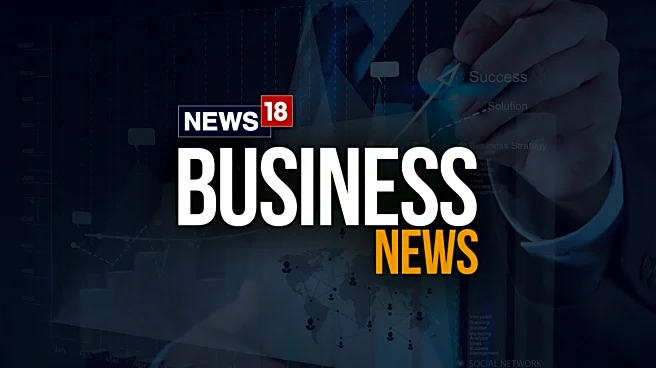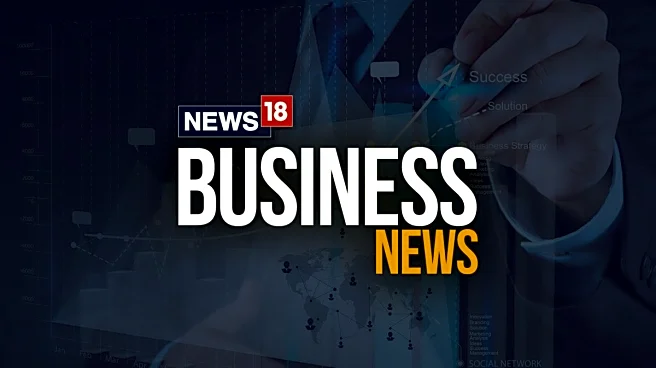“With RBI rate cuts, we were quite positive on the non-banks as well as the private banks,” Gupta said. He added that while large NBFCs are in a comfortable position, “in the smaller non-bank NBFCs, which lend to commercial vehicles, micro loans or small SMEs, there is stress, and there is no denying that.”
He pointed out that private banks are well placed to benefit from a consumption-led recovery. “As the consumption picks up, private banks will do well. Their balance sheets are solid, their return ratios are good, and the valuation is not excessive,” he said.
Gupta contrasted this with PSU banks, which have seen more gains from the government’s industrial-focused stimulus. He argued that private lenders are better positioned this time, with growth expected to come more from consumers than capex.
On sector preferences, Gupta highlighted autos as a key beneficiary of lower rates and demand revival, noting that outside of SUVs, sales had been sluggish for years. He also expects consumer durables, particularly through the manufacturing and EMS route, and internet platforms to see tailwinds. This will be led by households redirecting savings from cheaper essentials toward discretionary spending like food delivery, travel, insurance, and e-commerce, where digital platforms have strong penetration.
Exports remain part of his strategy, but with a more selective approach. Pharma and contract manufacturing stand out, he said, as India’s competitive edge in small molecules and cost structures makes it an attractive alternative to China.
Overall, he believes that for the Indian equity market to resume its outperformance relative to other emerging markets, a reversal of the current trade tariff situation is essential.
Also Read | Nifty may stay stuck in 24,000-26,000 band: Ashwini Agarwal
Watch accompanying video for more
Follow our live blog for more stock market updates

/images/ppid_59c68470-image-175808759417118098.webp)


/images/ppid_59c68470-image-175807755107273457.webp)
/images/ppid_59c68470-image-175807255535811619.webp)
/images/ppid_59c68470-image-1758025071111134.webp)
/images/ppid_59c68470-image-175800505487190543.webp)
/images/ppid_59c68470-image-175801752570912637.webp)
/images/ppid_59c68470-image-175798512694998131.webp)
/images/ppid_59c68470-image-175802771612638817.webp)
